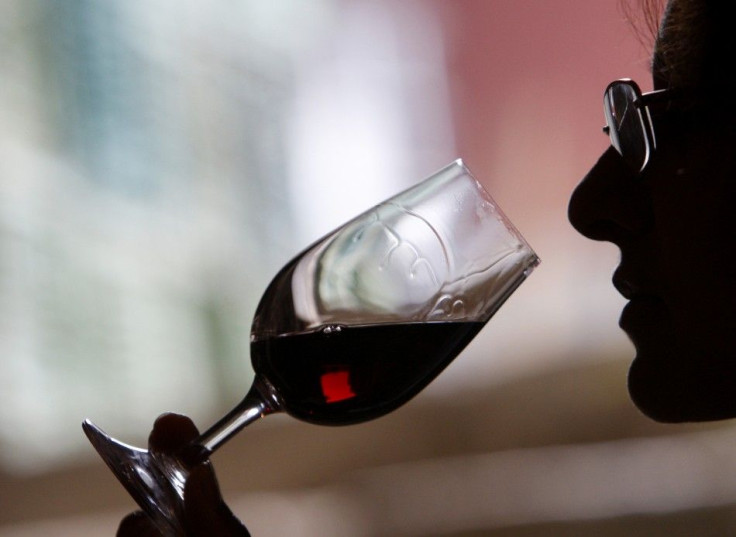The Alcoholism Gender Gap: Why Are More U.S. Women Becoming Problem Drinkers?

More U.S. women are drinking booze and becoming alcoholics, according to a study by Columbia University’s Mailman School of Public Health.
“The literature on alcohol consumption indicates that … women are increasingly at risk for the development of alcohol use disorders,” said Katherine M. Keyes, a post-doctoral fellow in the Department of Epidemiology at the Mailman School and co- author of the study.
Keyes added, “Because of differences in average body size, for example, a woman becomes more intoxicated than a man consuming the same quantity of alcohol. Women who drink heavily also face a greater vulnerability to sexual violence and greater risks of chronic diseases.”
While many factors are at play in this phenomenon, one crucial element is likely the massive entrance of women into the workforce in recent decades, which has placed more unusual pressures upon women.
Keyes told reporters: “It seems like the introduction of more women into the workforce, and more upwardly mobile women – while that has many, very positive benefits to society, it's also reducing social sanctions on drinking. Now it's becoming more and more acceptable for women to drink.
Indeed, as women increasingly enter highly paid, white-collar professions once dominated by men – like banking -- the social demands of such jobs, including social drinking, become part of the new lifestyle.
This trend is likely to keep accelerating, given the rising preponderance of women in universities – where a culture of binge drinking may set the course for a lifetime of alcohol abuse.
According to WebMD, addiction therapist Paul Leslie Hokemeyer, who practices at the Caron Treatment Center in New York, said: This study empirically shows us that drinking trends are impacting women. After World War II, the role of women changed. More women entered the workforce, but they were also expected to be good mothers and wives. They have latched hold of alcohol as a coping mechanism because it is readily available and socially acceptable.”
According to the National Institute of Alcohol Abuse and Alcoholism (NIAAA), almost 60 percent of U.S. women above the age of 18 have had at least one drink in the past year (versus 72 percent for men).
About one-fifth of women have at least three drinks per day, versus a figure of about 42 percent for men.
Overall, among women who drink, 13 percent have more than seven drinks per week.
NIAAA also pointed out that women begin to suffer from alcohol-related problems at lower drinking levels than men do.
“One reason is that, on average, women weigh less than men,” NIAAA stated.
“In addition, alcohol disperses in body water, and pound for pound, women have less water in their bodies than men do. So after a man and woman of the same weight drink the same amount of alcohol, the woman’s blood alcohol concentration will tend to be higher, putting her at greater risk for harm. Other biological differences, including hormones, may contribute, as well.”
Alcoholism also raises grave medical issues for women – including liver inflammation, heart disease, and breast cancer.
Hokemeyer added that women will probably need to rely on professionals help to deal with their alcoholism.
If that quiet voice inside your head, heart, and gut is telling you that something is not right, follow your instincts, he told WebMD. For women, in particular, there is so much shame around alcoholism and drug use that they have a hard time connecting to recovery issues.
© Copyright IBTimes 2024. All rights reserved.





















